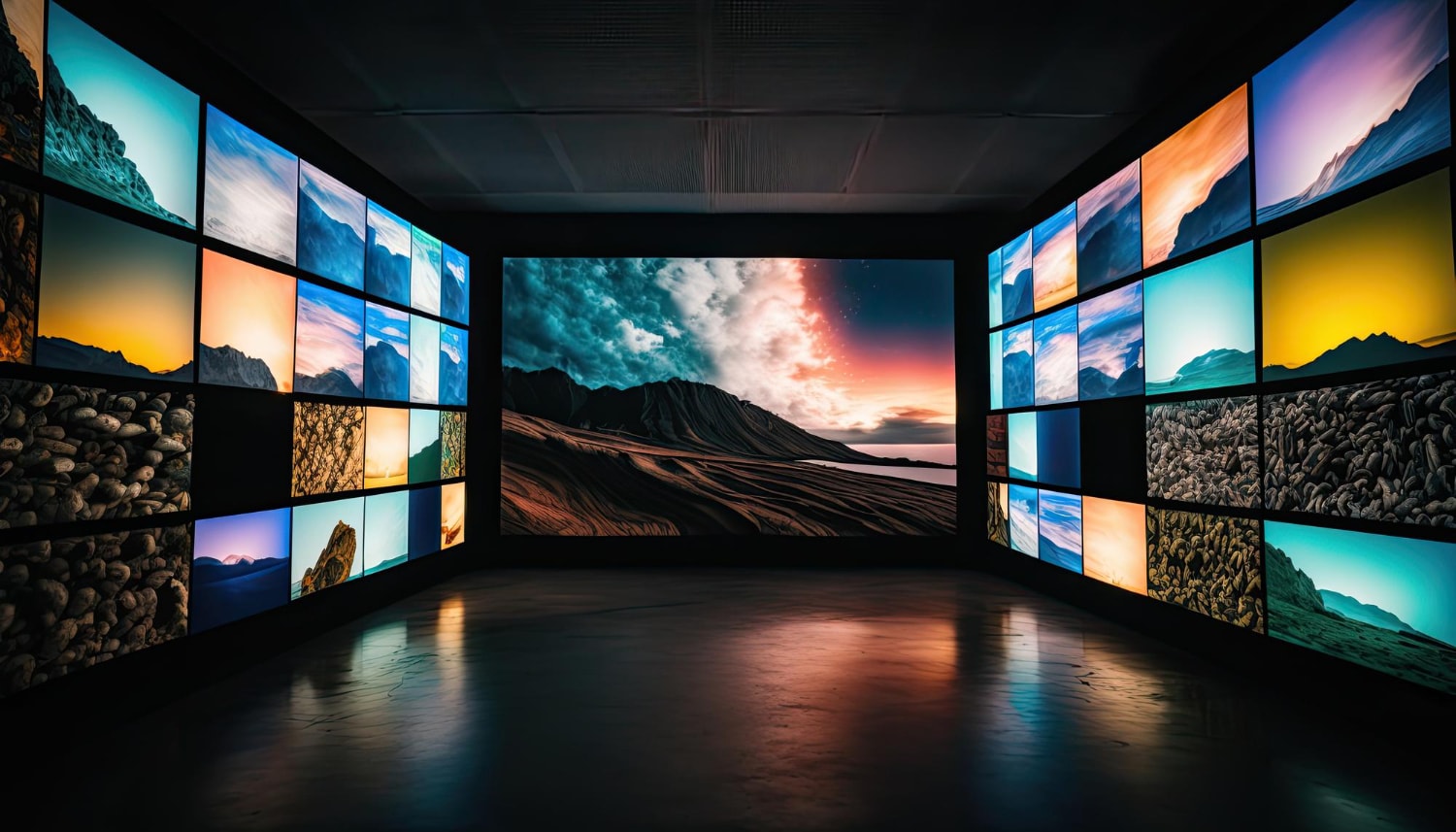Perfecting Hue Accuracy in Light Emitting Diode Wall Calibration for Breathtaking Visual Presentations
Perfecting Hue Accuracy in Light Emitting Diode Wall Calibration for Breathtaking Visual Presentations
Blog Article
Hue accuracy is essential for creating breathtaking graphic presentations, particularly when using LED walls. These massive displays are frequently found in locations like music venues, sports arenas, and advertising billboards. When the colors on an LED wall are not correct, the visuals can look flat or warped, which can affect the total impression for audiences. Therefore, perfecting color precision in LED screen tuning is vital for attaining lively and realistic images.
The first step in ensuring color precision is comprehending how LED systems works. LEDs, or light-producing diodes, generate light in multiple colors by combining red, green, and blue (RGB) light. Each dot on an LED wall consists of these three colors. When tuned properly, the mix of RGB can produce a broad range of hues. However, if one hue is too intense or too dim, it can throw off the entire screen. This is why calibration is necessary to balance the colors and achieve the desired graphic result.
Tuning entails modifying the settings of the LED wall to ensure that the hues displayed match the initial material as closely as feasible. This procedure typically includes using specialized software and hardware instruments. Technicians often use color assessment devices, such as spectrophotometers, to analyze the colors being displayed. By comparing find out here now the assessed hues to standard color values, they can make exact modifications. This guarantees that the hues are not only vibrant but also consistent across the whole display.
Another crucial factor of color accuracy is comprehending the surroundings in which the LED wall is employed. Factors such as surrounding light can considerably affect how hues appear. For instance, a well-lit illuminated room may wash out hues, making them look less lively. To mitigate this, technicians may adjust the luminosity and contrast settings of the LED wall. Additionally, they may choose particular color settings that are better appropriate for different lighting environments. This adaptability helps maintain color precision regardless of the observing environment.
Finally, routine upkeep and re-tuning are crucial for keeping an LED wall looking its finest. Over time, the functionality of LEDs can change due to factors like aging and heat fluctuations. Regular checks and modifications can help ensure that the colors remain correct and lively. By investing time in proper tuning and upkeep, venues can offer audiences with stunning graphic displays that improve their overall experience. Mastering color precision in LED screen calibration is not just a mechanical job; it is an art that adds to the wonder of visual narration.